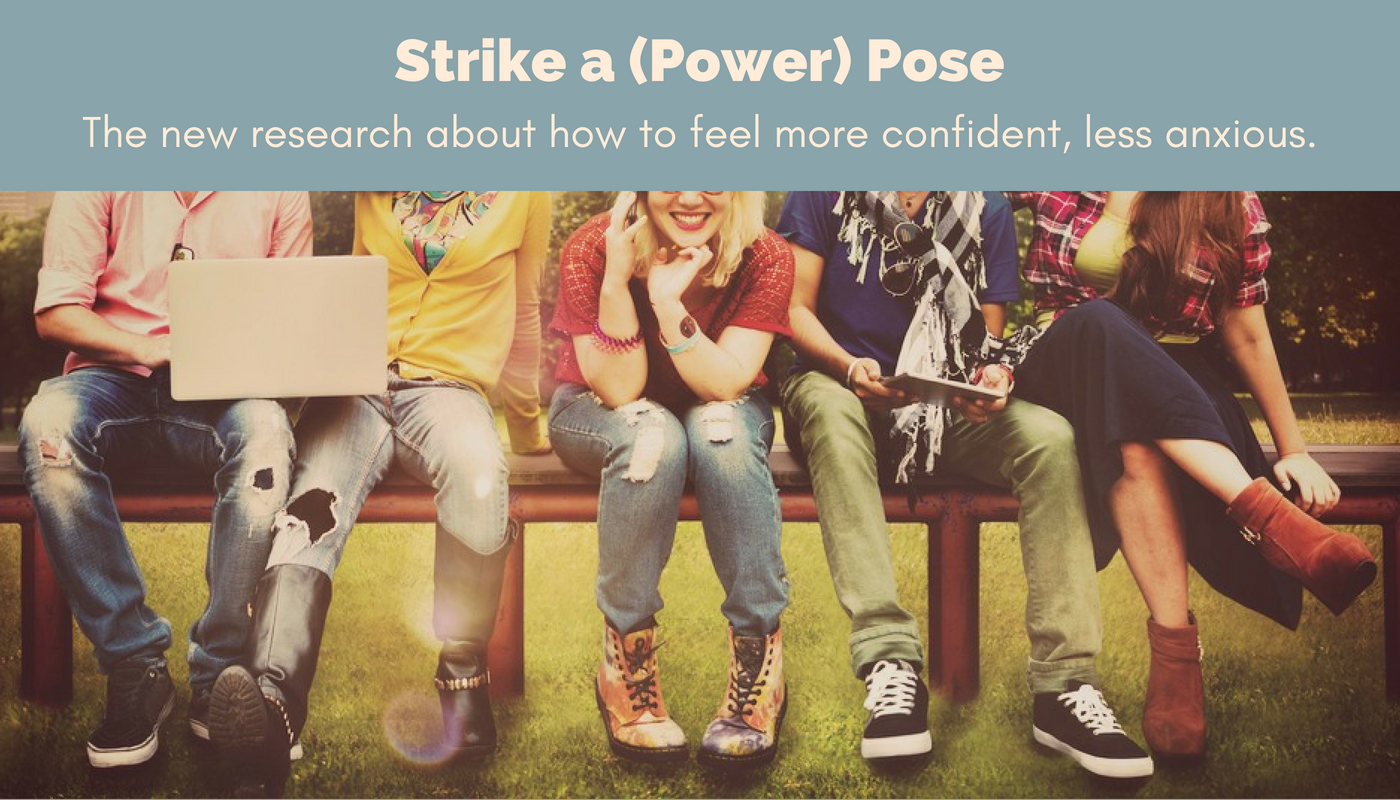A proven way to feel more confident, more powerful, and less anxious in two minutes.
Transcript
- Our minds and bodies are deeply connected. Our thoughts and feelings will influence what’s happening in our bodies, and vice-versa.
- You would have experienced this just with your day to day experience. If you’re thinking angry thoughts, for example, or if you’re feeling upset about something, your body is more likely to be slower, stooped, more closed off to the world.
- By changing our what we do with our bodies, we can actually influence the way we feel. Researcher Amy Cuddy found that if we hold a ‘power pose’ for two minutes, the chemistry of our body changes in ways that can make us feel stronger, more confident, less stressed and less anxious.
- A power pose is expanding your posture in any way that makes you feel bigger. Think in terms of superheroes – Superman with arms out, chest tall, head high; Wonder Woman with your arms on your hips, legs apart, standing tall. Another power pose is the boss pose, where you sit back with your arms behind your head, chest out, head high.
- The good news is that you don’t actually have to do these in front of people for them to influence your body chemistry. So, before an exam, a performance, or before you take to the field, find some space and hole a power pose for two minutes.
- Two minutes of power posing increases testosterone (which helps you feel more dominant and powerful), and reduces cortisol (the stress hormone).
- It also works the other way. When you make yourself smaller – arms crossed, body stooped or wilted, legs tightly crossed – this increases the stress hormone, and decreases testosterone. When this happens, it can cause you to feel less confident and more stressed.



Leave a Reply